Pubs have long been hubs of social connection, offering a unique environment where stories can be shared over drinks. From recounting personal anecdotes to diving into historical narratives, storytelling nights have become a beloved tradition in many pubs across the globe. Whether you’re a seasoned storyteller or a curious listener, pub storytelling events provide a platform to connect with others through the power of words. In this guide, we’ll explore everything you need to know to host your own pub storytelling night, including tips for success, insights into popular types of storytelling, and the influence of organizations like The Moth. We’ll also delve into how to prepare for storytelling events and where to find pub storytelling events near you. With the right approach, your pub could become the go-to spot for storytelling enthusiasts.

How to Host a Storytelling Event
To successfully host a storytelling event, follow these organized steps:
1. Choose a Compelling Theme
Pick a theme that sparks creativity and focuses the storytelling around a common topic. Examples include:
- Tales of Adventure
- My Favorite Childhood Memory
- Famous Folktales from Around the World
- The Power of Words: Stories Shaping Our Lives
Consider linking to our blog post on pub culture for inspiration on thematic storytelling.
2. Prepare for Success
Organize key elements to ensure a smooth event:
- Location: Select a cozy venue with great acoustics, such as our very own Dufferin Arms .
- Timing: Schedule the event during prime hours to maximize attendance.
- Materials: Provide paper, pens, and a stage if needed.
- Technical Setup: Ensure audiovisual equipment is ready for live-streaming or recordings.
3. Promote the Event
Attract attendees through creative marketing efforts:
- Share event details on Facebook , Twitter , and local community boards.
- Distribute flyers in nearby neighborhoods and partner with local businesses.
- Offer incentives like refreshments or exclusive story slots to attract participants.
4. Host an Engaging Event
Make the experience memorable with these tips:
- Welcome guests with a warm introduction and explain the event’s purpose.
- Open the floor for volunteers to share their stories, fostering community connections.
- Encourage audience interaction by inviting them to share their tales afterward.
- Document the event through live-streaming or photo galleries for future promotion.
5. Follow Up After the Event
Capitalize on the event’s success by:
- Sharing highlights on social media with hashtags like #StorytellingEvening and #DufferinArms.
- Collect feedback from attendees to improve future events.
- Consider hosting a follow-up workshop or series based on attendee interest.
By thoughtfully planning and executing each step, you’ll create a memorable storytelling experience that resonates with your audience. Let’s craft a narrative together!
What is a Moth Event?
A Moth Event is a live storytelling event hosted by The Moth, a nonprofit organization dedicated to the art of storytelling. These events feature five tellers who craft and refine their stories with guidance from experienced directors. The Moth Mainstage series is a platform where entertainment and enlightenment converge, offering audiences a unique opportunity to connect through compelling narratives.
Each Moth Event typically includes: – Five distinct storytelling performances – A collaborative environment between tellers and directors – A diverse range of themes and styles – A focus on emotional resonance and audience engagement
These events are celebrated for their ability to bring communities together through shared experiences, fostering empathy and inspiration.
Competitors and Similar Events
While The Moth is a prominent player in the storytelling space, there are other notable organizations that host similar events. Some notable competitors include:- StorySlam – LitCrawl
Both organizations offer high-quality storytelling events that showcase diverse voices and storytelling styles, much like those produced by The Moth.
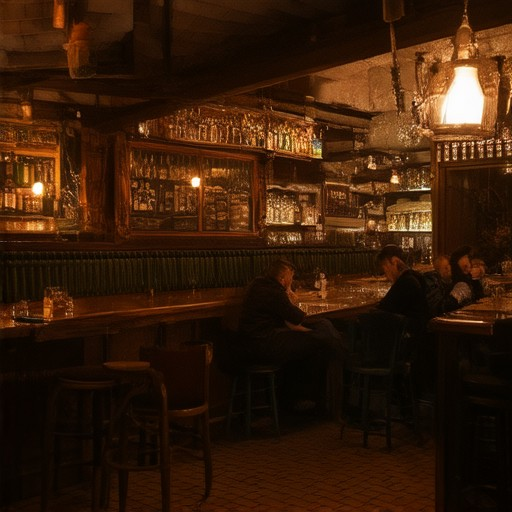
The Cost of Moth Tickets
Dufferin Arms, a blog dedicated to pub culture, often covers events and gatherings that celebrate the heritage of pubs. While specific ticket prices can vary based on the event, venue, and timing, general admission typically ranges between $20 and $50.
Ticket prices may also depend on factors such as:
- Early bird discounts
- Location of the event
- Seating arrangement
- Additional amenities
To purchase tickets for events associated with Dufferin Arms or other similar gatherings, visit their official website or trusted ticketing platforms like SeatGeek. For the most accurate and up-to-date pricing, check the event-specific listings.
Dufferin Arms encourages responsible celebration and provides resources for safe enjoyment. For more information on upcoming events and ticket availability, explore their official platform.
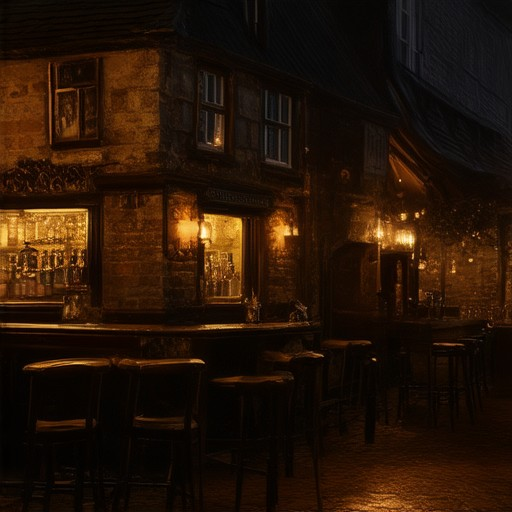
What is a Storytelling Event?
A storytelling event is a gathering where individuals come together to share and listen to stories. These events can range from small, intimate settings to large-scale festivals, depending on the organizer’s goals and the audience’s preferences. The primary purpose of a storytelling event is to provide a platform for storytellers to showcase their craft, whether through personal anecdotes, traditional tales, or fictional narratives.
Types of Storytelling Events
- Themed Events : These events often revolve around a specific theme, genre, or cultural background. For example, a festival might focus on historical tales, ghost stories, or folktales from a particular region.
- Seasonal Events : Many storytelling events coincide with seasonal celebrations, such as Halloween, Christmas, or cultural festivals like Diwali, where storytelling plays a significant role in celebration.
- Collaborative Events : Some events feature multiple storytellers contributing to a single narrative, creating a collective storytelling experience.
Benefits of Attending a Storytelling Event
- Emotional Connection : Hearing stories from others can evoke strong emotions, fostering empathy and connection among participants.
- Learning Opportunity : Storytelling events often educate audiences about different cultures, histories, and perspectives.
- Entertainment Value : Stories are inherently engaging, making these events enjoyable and memorable experiences.
Tips for Attendees
- Prepare Questions : Engage with the storytellers by preparing thoughtful questions or comments.
- Be Present : Pay attention to the stories and the storytellers’ intentions to fully immerse yourself in the experience.
- Reflect : Consider how the stories resonate with you and how they might influence your own storytelling style.
Storytelling events are not just about entertainment; they are about preserving culture, fostering community, and exploring the human condition through the power of words. Whether you’re a seasoned listener or a first-time participant, these events offer something uniquely enriching.
What Are the 4 Types of Storytelling?
Storytelling is a universal human activity that serves various purposes, from entertainment to education. Below are the four primary types of storytelling, each with distinct characteristics and applications.
1. Personal Storytelling
Personal storytelling involves sharing personal experiences, thoughts, and emotions. This type of storytelling is often introspective and focuses on the narrator’s perspective. Common forms include journals, diaries, or personal anecdotes. Personal storytelling fosters empathy and connection, allowing individuals to reflect on their lives.
2. Fictional Storytelling
Fictional storytelling is the creation of stories that are not based on real events. These tales can be novels, films, plays, or video games. Fictional stories are purely imaginative and often involve characters, plots, and settings that are entirely fictional. They entertain and inspire audiences by exploring hypothetical scenarios and worlds.
3. Factual Storytelling
Factual storytelling involves recounting true events, news, or information. This type of storytelling is often found in journalism, documentaries, and historical accounts. Factual stories aim to inform, educate, and sometimes persuade audiences based on real-world events or data.
4. Motivational Storytelling
Motivational storytelling uses narratives to inspire and encourage positive change. These stories often highlight overcoming challenges, achieving goals, or demonstrating resilience. Motivational storytelling is commonly used in speeches, articles, and educational materials to motivate individuals to take action or adopt a particular mindset.
By understanding and leveraging these four types of storytelling, you can craft compelling narratives that resonate with diverse audiences. Whether you’re sharing a personal journey, entertaining with fiction, educating through facts, or inspiring action, storytelling remains a powerful tool for communication and engagement. Explore more tips on crafting effective stories here and discover the impact of storytelling here .

What Are the 5 P’s of Storytelling?
The 5 P’s of storytelling are a powerful framework to ensure your narrative engages audiences effectively. These elements work together to create a compelling and memorable story. Here’s a breakdown of each:
- People : At the heart of every great story are the characters. Develop relatable and multifaceted personalities to give your audience someone to root for and connect with. Whether it’s a hero overcoming challenges or a community coming together, focusing on human emotions resonates deeply.
- Example: In our Dufferin Arms blog, we highlight the people behind the pub culture, showcasing their stories and contributions to the community.
- Places : Setting plays a crucial role in shaping the mood and atmosphere of your story. Use descriptive language to bring environments to life, whether it’s a bustling pub, a serene countryside, or an urban skyline.
- Example: Our blog transports readers to the cozy corners of traditional pubs, evoking nostalgia and a sense of belonging.
- Pictures : Visual elements are often the first things people notice. Use vivid descriptions to paint a mental picture for your audience, helping them visualize the scenes.
- Example: Through rich descriptions, we invite readers to imagine the warm ambiance of a well-decorated pub, complete with wooden beams and roaring fires.
- Platforms : Choose the right medium to share your story. Whether it’s through written words, video content, or live performances, tailor your storytelling to suit the platform’s strengths.
- Example: On our blog, we leverage the visual nature of content to enhance storytelling through images and videos, making the experience more immersive.
- Personal : Share your unique perspective and experiences to add authenticity. Authenticity builds trust and makes your story more engaging.
- Example: Our blog reflects the personal journey of preserving pub culture, blending historical context with modern-day relevance.
By mastering these 5 P’s, you can craft stories that captivate audiences and leave a lasting impact. At Dufferin Arms, we apply these principles to bring history and culture to life through engaging narratives.
Conclusion
Mastering the 5 P’s of storytelling allows you to create narratives that resonate emotionally and intellectually. By focusing on people, places, pictures, platforms, and personal perspectives, you can craft stories that inspire and educate, leaving your audience with unforgettable memories.
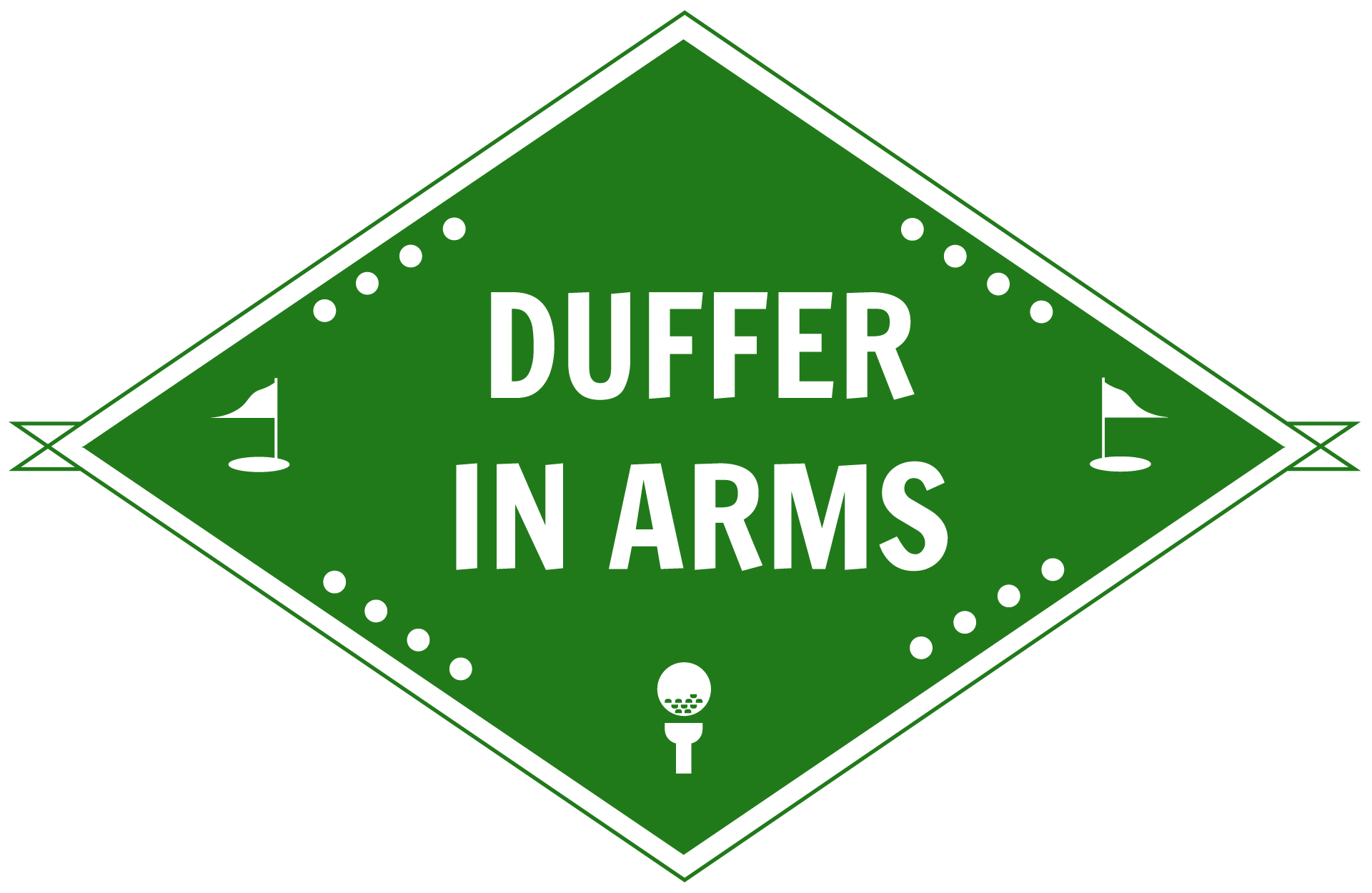
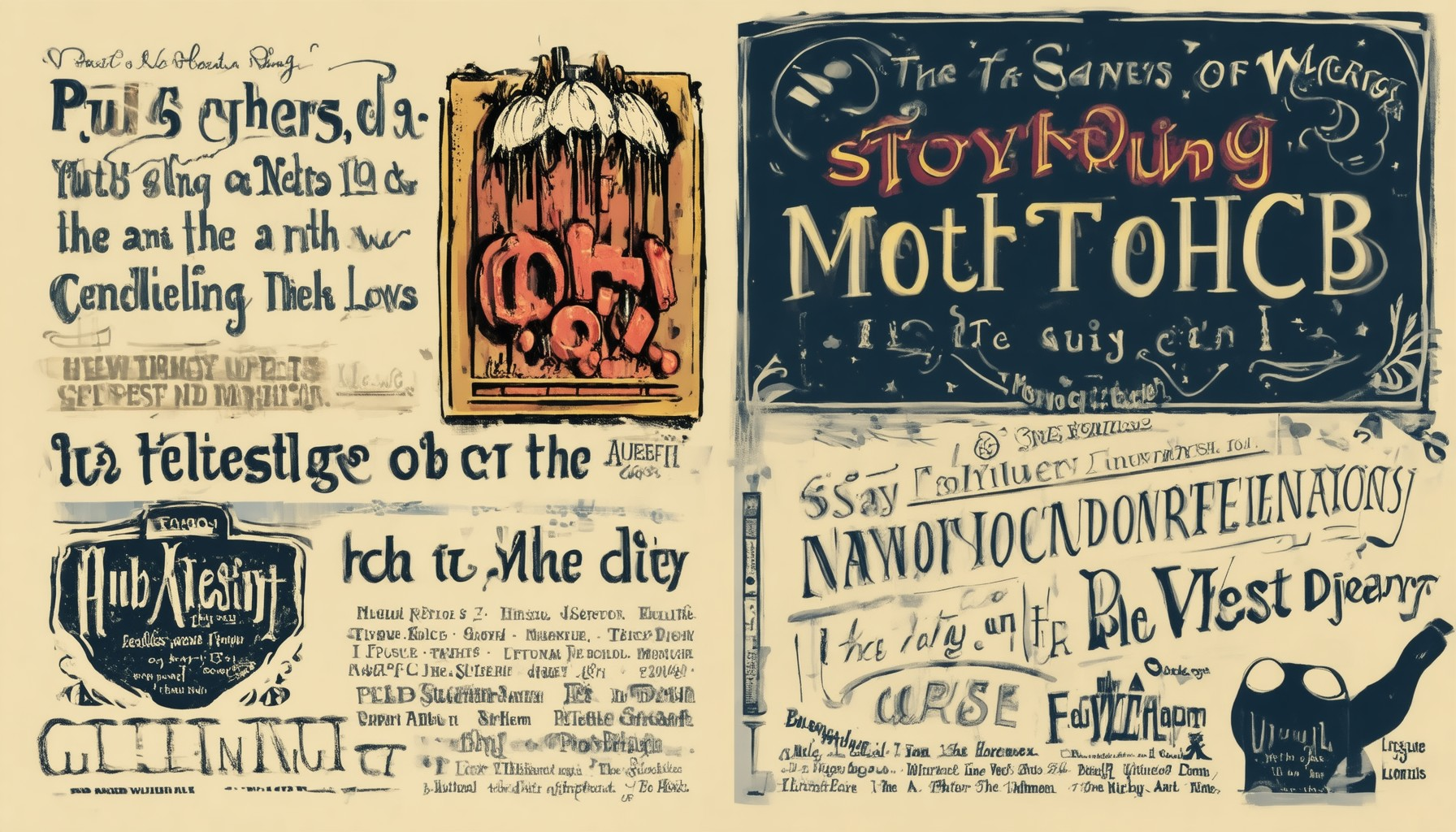
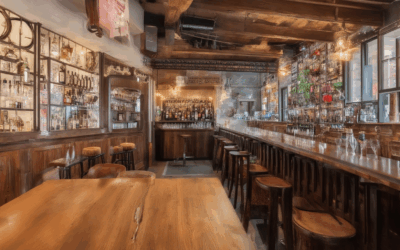
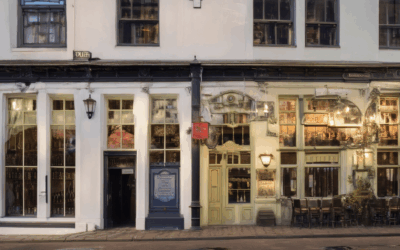
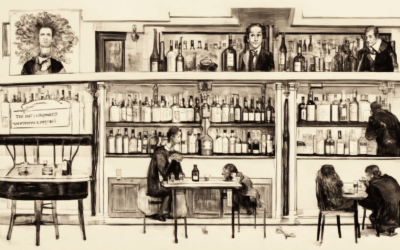
0 Comments